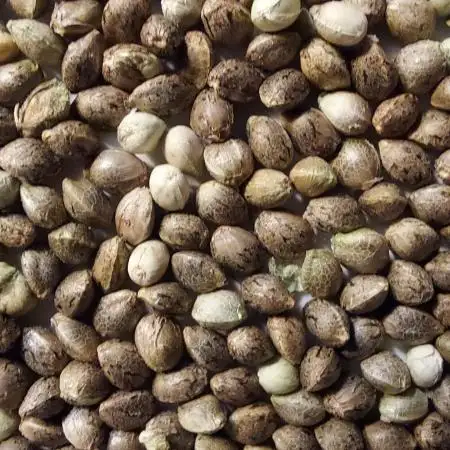The Grow Awards 2026 🏆
omega infinity 3.0 pro 600W
Lanekstarted grow question 1y ago
Hey I try to find something about omega infinity 3.0 pro 600W it looks like great light for beast price but is very hard to find information about even hire on omega page is nothing about. Can you recommend this light?
Open
likes
Answer
Crusty_Juggleranswered grow question 1y ago
If they don't name drop which diodes they use, the diodes are 100% sub par.
I would go with a more known brand, many of they cheap Chinese lights are decent these days, you get more light for your money from Kingbrite.
Anything with Samsung LM301 B/H/Evo or Cree JB2835 G diodes is certified :)
likes
Complain
00110001001001111Oanswered grow question 1y ago
23-24 sq ft was for 12hour operation, fwiw
This light is WAY too much for 8sq ft. Talking 110 DLI over 12 hours and 150+dli over 18 hours... crispy plants for sure.
likes
Complain
00110001001001111Oanswered grow question 1y ago
If specs are accurate (1890umol/s PAR), then you can cover 23-24sq ft given ambient CO2 levels. This will be somwhere near max DLI for an at least loosely controlled environment.
You can double check the spec sheet by asking them for necessary informationa bout their light. How many diodes are there?
Since 95% of the diodes will likely be a samsung lm301 chip, you can do some rough math to check the integrity of their promises. If wats per diode is near 0.20 watts, that means they'll match the testing specs on samsung.com and "3.0umo/J" is possible with the best binning. Lowest quality chip per CCT might be 10-15% less efficient producing photons, but still good, too.
if the per diode wattage is .4-.5wattss, there's no way it's 3.0umol/J efficacy. the very best chips can stay up near 2.8-2.9 range, but their longevity will still be reduced from the advertised 50k hours.
fyi, the 50k hours is based on what is called "L90" in this context. This is how many hours it takes to dim to 90% of original intensity. TVs use an L50 for this, and you can guess the 50 stands for 50% of intensity. So, they can lie about this without technically lying. They all say 50k hours, but only the ones operating the diodes at the same testing parameters as on samsung.com will actually meet those expectations. Heat dissipation will also be important. Even with a good heat sink, you want a fan pointed at these LED lights, if you want to get the most years out of them.
should be able to find a high efficacy light for 1usd per watt. Maybe a bit more in the EU for various reasons. You pay for efficacy. Make sure the watts per diode are somewhere near testing specs on samsung.com and it's probablay good equipment.
likes
Complain
oldskoolkoolanswered grow question 1y ago
Sanlight new EVO lights are boss.They have a great site with endless info.
likes
Complain
oldskoolkoolanswered grow question 1y ago
If you've got the money get a light with veg and flower control on it,and lenses.You can't beat Sanlight.I'v recently bought 2 Q6 which will replace my maxibright bar 660w as the sanlight have lenses whoich direct the light.The cobs are great at penetrating the canopy.That touch more power wont do a thing.Kind have produced one of the best bar lights on the market.If you've got the money it pays to spend that little bit more.They will be twice the price of omega though as omega is more of a middle of the road light.A little better than mars but not as good as sanlght,gavita.
likes
Complain
m0useanswered grow question 1y ago
depends on your needs.
A lot of the lights now are all within the same range of quality now a days. Some cosy more cuz of the name or the top bin leds vs mid or low bin.
A lot of light manufactures lie about their specs as well. trying to up sell and make it seem like its more then what it is.
Their is a guy on youtube I like. Migro, he does light reviews. so does coco for cannabis can trust their input on the light if they have reviewed it.
I use Medic Grow and they treat me well. They are not top end but they are also not bottom of the barrel and they have a good price point too. Most brands of lights have a 3 eir system of lights. Low, Med and High value, its tends to reflect its quality as well. But can always use two lower end lights and have a great grow tent.
likes
Complain
Scrubbyjimbobanswered grow question 1y ago
It's probably a bit too much light if you're still using the 2x4 tent but if you're upgrading to a 4x4 it should be fine. If their specs are accurate it has a pretty efficient chipset. Not real familiar with the brand though, I'd make sure it's a trusted retailer in case you run into issues with it. Supposedly it comes with a 3 year warranty.
likes
Complain





